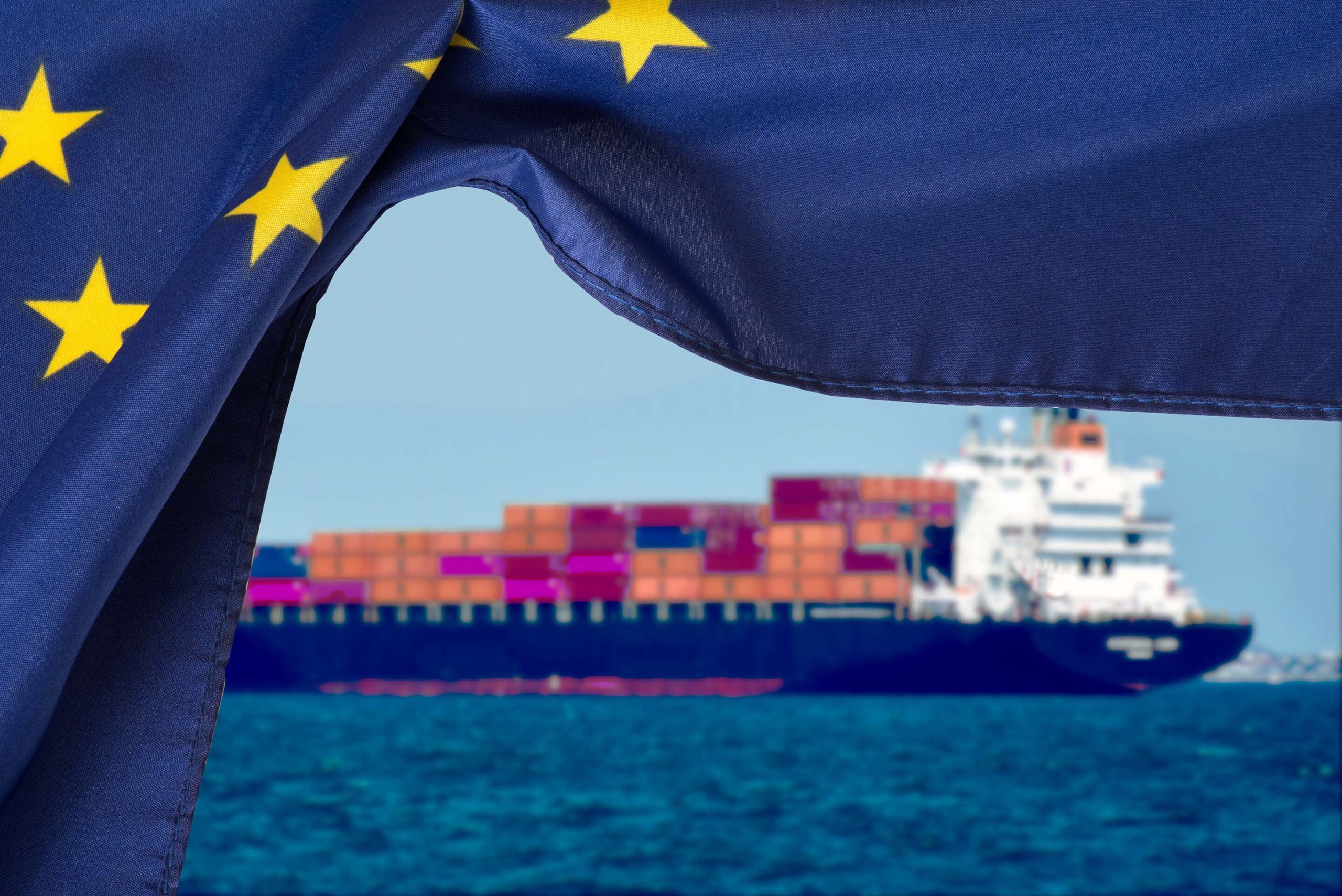As the flow of used electric vehicle batteries increases from trickle to steady stream, what are the opportunities and challenges for manufacturers, repurposers, and the broader ecosystem? Lauren Roman explains how the Everledger Platform can help.
Many of the first electric vehicle batteries (EVBs) are now reaching the end of the road. In an ideal world, these power cells will be repurposed or recycled – but the reality on the ground could prove more complicated. Out of warranty and untracked, millions of ‘orphan’ batteries risk ending up in scrapyards, garages and service centers with no clear route to responsible recovery.
This is cause for concern. The electric vehicle (EV) market is expected to grow exponentially, reaching $1.2 trillion by 2027, with a minimum market share of 30% for new EVs by 2030. In step, the global stockpile of used lithium-ion (Li-Ion) EVBs will multiply to around 14 GWh, or 102,000 tonnes in 2020 to more than 7.8 million tonnes per year globally by 2040.
We know the EVB challenge is coming round the bend – but how ready are we to deal with it? Depending on how the industry responds, this surge could create a multibillion annual market for Li-Ion batteries that maximizes the recovery of raw materials and accelerates the development of climate-friendly mobility. Or, as humankind has done before, we risk creating a new ecological disaster by failing to plan for the future. The plastic crisis serves a clear warning.
Where there’s value, markets quickly follow. Lead acid car batteries, for example, are almost universally recycled. The financial incentive is clear, it’s easy to do and regulations are in place to ensure safe disposal and recycling. The reuse opportunities of EVBs, by contrast, are still alien to most stakeholders. EVs make up just 2% of vehicles in the US, so dealing with these batteries remains a low-priority and low-competency niche. There is currently scant oversight as to what eventually happens to batteries, meaning they could be mishandled in a way that’s hazardous to humans or the environment. Regulations for recycling EVBs are emerging, but they lack the same infrastructure and financial benefits of lead acid battery recycling.
Many batteries are suitable for repurposing and offer a value stream. For example, an EVB with 70% charge or even higher is not enough for continued use in a car – but it has plenty of power for 10 or even 12 more years’ use in backup storage for renewable energy in commercial or domestic settings. However, this potential source of cleaner energy is often overlooked, as the necessary information such as battery history is hard to access or non-existent.
Preventing ‘orphan batteries’ with connected information
Automotive manufacturers typically manage their batteries for the first eight years through their warranty services. If these batteries are tracked from the time they are deployed in the vehicle, the manufacturer has opportunities to optimally manage the battery and follow it until its end-of-life recycling. However, once the warranty expires or is voided, these unmonitored strays can end up in undesirable locations. For example, a garage or service center will conduct a replacement and be left with the end-of-life battery that can be a liability. Or an auto recycler will gain an EVB as a by-product of the vehicle they want to recycle. They can scrap the body, but many lack the ability to properly process the battery.
Better tracking technology would help stop EVBs from being lost in the system. A dedicated system, connected to the internet, would allow manufacturers, service providers, recyclers and repurposers to share life history, such as accidents and repairs, and find commercial opportunities to maximise the use and value of each battery.
Battery passports
At Everledger, we are working with a wide number of stakeholders to raise awareness on the potential benefits of optimum battery lifecycle management, as well as developing technology solutions to register, track and transfer these valuable assets. For example, the Everledger Platform provides an ecosystem for ‘battery passports’, a unique electronic identifier that connects the battery and critical parts to the internet with Internet of Things (IoT) technologies. Secured by blockchain technology, this digital identity allows manufacturers – as well as aftersales businesses – to report the lifetime journey of each battery, demonstrating its sustainable management from first use to repurposing and eventually responsible end-of-life recycling.
EVB orphans not connected to a traceability platform and ‘parked’ in an inventory could be shared on the open market by creating a passport on the Everledger Platform. By adding an IoT device (provided by Everledger) to the battery, repurposers and recyclers can share information with other stakeholders and post the battery as available in the marketplace on the Everledger Platform.
With the addition of state-of-health (SOH), chemistry and other information about the battery, users of the platform can then showcase the positive economic value of their reusable batteries – and find a qualified repurposer who is willing to pay to acquire that battery. Conversely, batteries with a lower state of health will require a recycler for responsible end-of-life processing. In this case, the battery owner might have to pay a fee, but this trumps the costs of continuing storage for EVBs that are considered hazardous materials.
The Everledger Platform facilitates a marketplace of supply and demand, backed by blockchain technology. Transactions are tied to a ‘transfer of ownership’ of the battery passport, which is an immutable event on the blockchain platform.
With the ultimate goal of managing batteries to a responsible end of life as part of a digitized circular economy, the platform will eventually be able to validate and ‘brand’ materials recovered from EVB recycling processes. The demand for recycled materials is already growing as OEMs work to meet their recycled content and carbon reduction goals. Newly-mined critical materials will grow increasingly scarce as the demand for batteries intensifies in the coming years. Let’s not miss this financial and environmental opportunity, and foster a more sustainable battery lifecycle.
Lauren Roman










